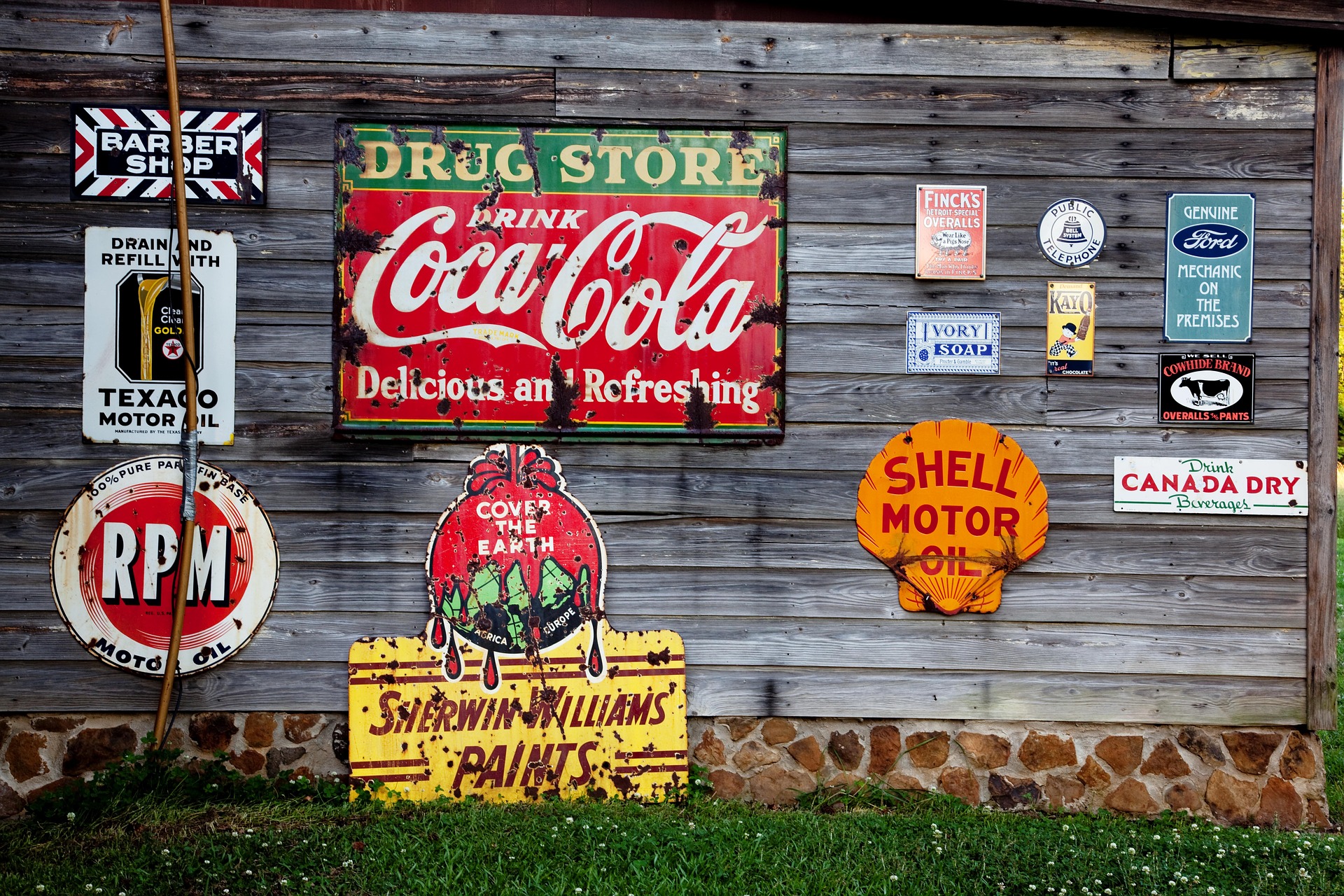Where Truth Lies in Advertising
Collateral bundling of hidden meanings
DOI:
https://doi.org/10.31273/eirj.v5i2.246Abstract
Consumer advertising, characterised by its persuasive intent and attention value, is a form of propositional communication that contextually hinges on the psychology of human needs and desires. The advertiser’s objective is to depict – with some poetic licence – commercially available items as beneficial and vital. Truthful depiction is not among the objectives of the marketing plan; however, persuasive effectiveness is contingent upon successful synthesis of fact and concoction. Thus, an essence of reality must be crafted into the text to induce target-market confidence. Another consideration is memorability of the advertisement experience, particularly the brand name and its associated positive qualities. Further, it must be readable and socially accessible to achieve receiver engagement. This article – using the five social functions of language and Jakobson’s communication language model (Leech, 1981) – investigates the complex phenomenon of meaning-creation in press advertisements[i] to discover their ecological infrastructure. What are the relationships between elements? And how do these render the potential to generate persuasive propositions that linger? Analysis shows that attention-getting features are primary carriers of hidden meanings; and, if realised, these create persuasive impressions of essential and/or urgently needed benefits available in the advertised item. Further investigation reveals that the hidden meanings are cached in a trifecta of thematic information, presupposition and implicature that renders a meaning-making vehicle to deliver advertiser propositions. This strategic apparatus – governed by a principle of semantic interdependency of linguistic, semiotic and intertextual elements – is terminologically labelled as collateral bundling.
Downloads

Downloads
Published
Issue
Section
License
Authors who publish with this journal agree to the following terms:
Authors retain copyright and grant the journal right of first publication with the work simultaneously licensed under a Creative Commons Attribution License (CC-BY), which permits use and redistribution of the work provided that the original author and source are credited, a link to the license is included, and an indication of changes which were made. Third-party users may not apply legal terms or technological measures to the published article which legally restrict others from doing anything the license permits.
If accepted for publication authors’ work will be made open access and distributed under a Creative Commons Attribution (CC-BY) license unless previously agreed with Exchanges’ Editor-in-Chief prior to submission.
Authors are able to enter into separate, additional contractual arrangements for the non-exclusive distribution of the journal's published version of the work (e.g., post it to an institutional repository or publish it in a book), with an acknowledgement of its initial publication in this journal.
Authors are permitted and encouraged to post their work online (e.g., in institutional repositories or on their website) prior to and during the submission process, as it can lead to productive exchanges, as well as earlier and greater citation of published work. (see: The Effect of Open Access)
